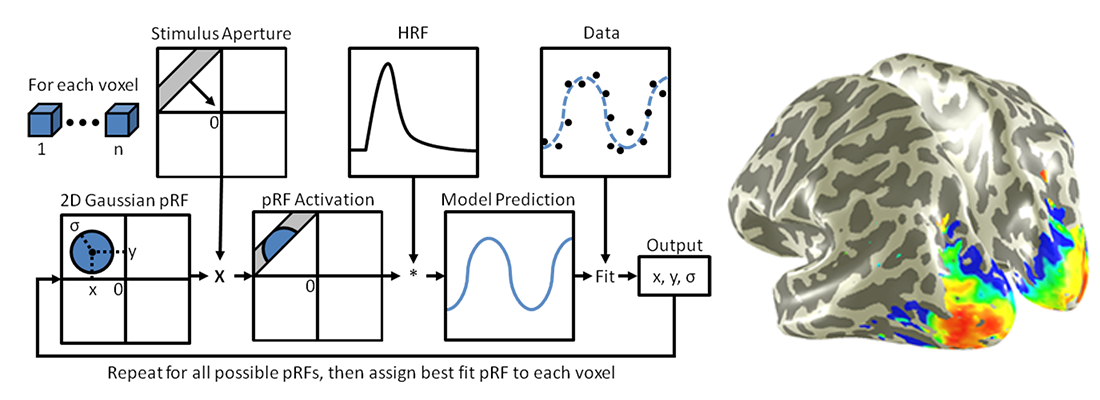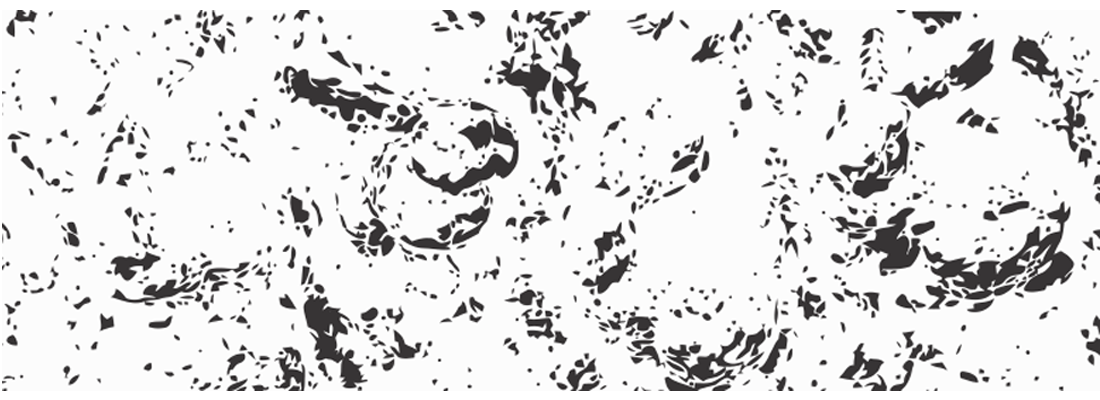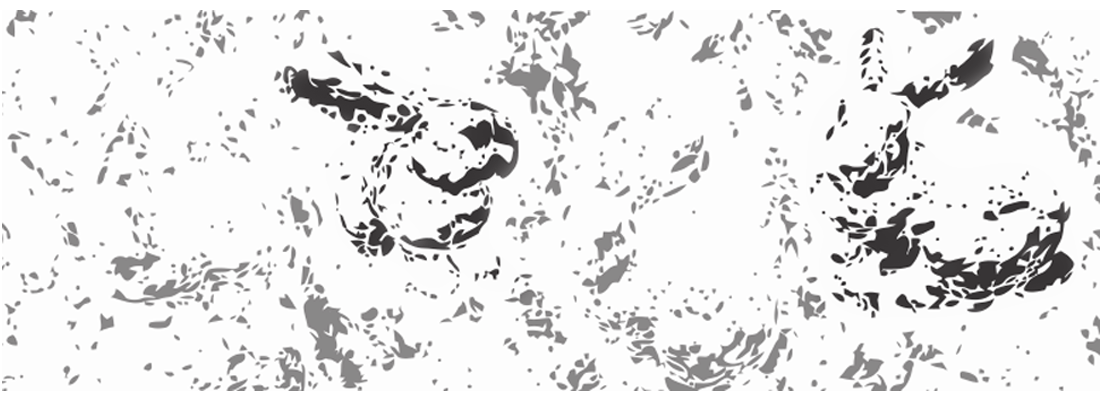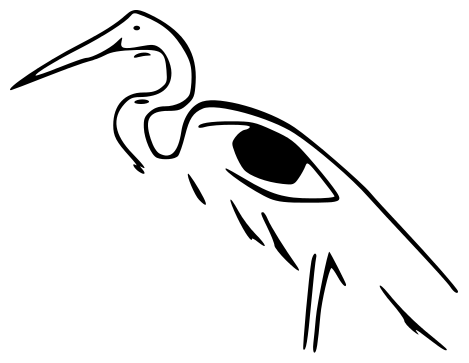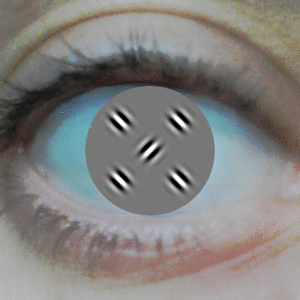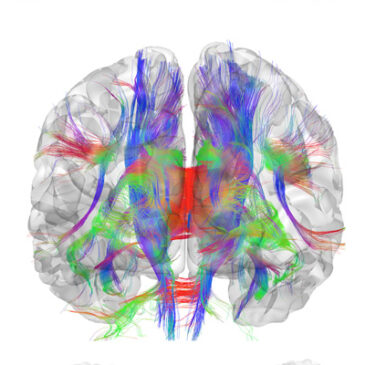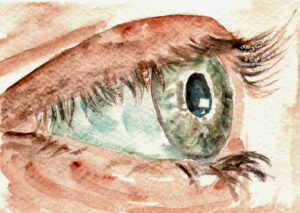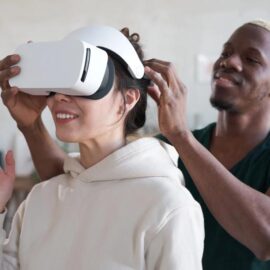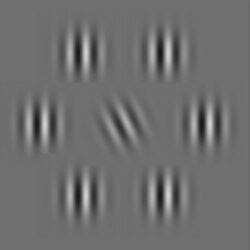Eyes on Emergence: new paper in Journal of Vision
Can your eyes “see” things that you cannot? In this study in the Journal of Vision, Barbara Nordhjem and colleagues use the phenomenon of “emergence” to study eye movements during object recognition. They find, amongst other things, that the eyes were … Continued
10 4-year PhD positions in clinical vision and neuroscience
Within the European Glaucoma Research and Training program (http://www.egret-program.eu/), 10 PhD students will receive training to become the next generation of clinical vision- and neuroscientists, specialized in studying neurodegenerative diseases and glaucoma in particular. Our international team includes academic, health … Continued
Eyes on crowding: new paper in Journal of Vision
In this study in the Journal of Vision, Funda Yildirim and colleagues used eye movements show for the first that crowding similarly affects the accuracy of peripheral recognition and saccadic target localization, thereby confirming earlier model predictions that suggested that … Continued
15 PhD positions in Visual and Computational Neuroscience
The European Marie-Curie training network NextGenVis (“Training the Next Generation of European Visual Neuroscientists”) is a collaboration between 10 European labs and companies in the field of visual and computational neuroscience. We offer 15 (3 year) full-time PhD positions. An … Continued
Organisation of visual cortex from resting state – visuotopic maps
Cortical connective field estimates from resting state fMRI activity Similar organization of visual cortex can be inferred from both retinotopic mapping and resting state data.Nicolás Gravel et. 2014; the full paper can be downloaded at Frontiers in Neuroscience.
GLANCE Project of Dilce Tanriverdi Receives Funding to Study Visual Crowding under Low-Light Conditions in Glaucoma
People with glaucoma often struggle to see in dim lighting, but standard vision tests don’t always capture these everyday challenges. One overlooked factor may be visual crowding. Visual crowding, which is the difficulty... READ MORE
Mind your ‘stip’!
There is a need for simpler methods to assess sensitivity at different visual field locations. In a recent paper in the journal Translational Vision Sciences and Technology, Anne Vrijling and colleagues show that... READ MORE
[Position filled] PhD in the “Virtual Reality for enhanced Visual Rehabilitation” (VR4eVR) project
Our research project “Virtual Reality for enhanced Visual Rehabilitation” (VR4eVR: say ‘VR forever’) aims at finding out how virtual reality (and fMRI) may facilitate visual rehabilitation for hemianopia, which may be necessary after... READ MORE
Daily life vision captured in a ‘flower’
Visual crowding shows that it is harder to recognize objects when these are surrounded by similar objects, such as in a cluttered environment. The phenomenon has relevance in various ophthalmic and neurological disorders.... READ MORE
